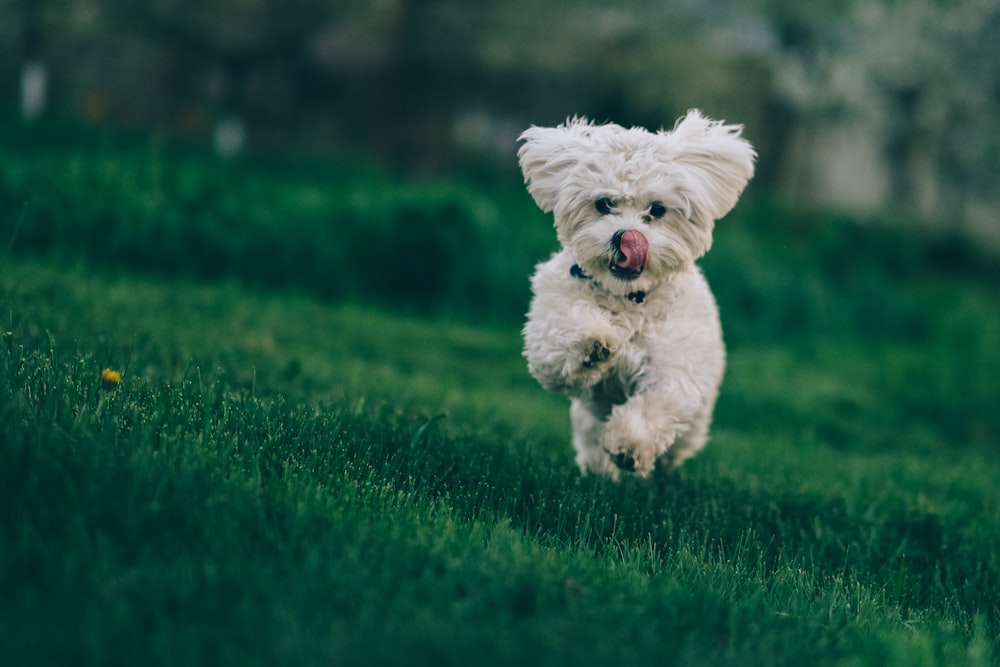Summer Essentials Pet Care Tips for a Happy Season
Keeping Your Furry Friends Happy and Healthy This Summer
Hydration is Key
One of the most crucial aspects of summer pet care is ensuring your furry companions stay hydrated. Just like humans, pets can easily become dehydrated in hot weather, leading to serious health issues. Always make sure your pets have access to clean, fresh water at all times, especially when spending time outdoors. Consider placing multiple water bowls around the house and replenish them regularly to encourage drinking.
Protect Them from the Sun
While we all love soaking up the sun during the summer months, it’s important to remember that pets can easily suffer from sunburn and heatstroke. Provide shade for your pets when they’re outside, whether it’s under a tree, umbrella, or a designated shaded area. Additionally, consider applying pet-safe sunscreen to areas with thin or light-colored fur, such as their ears and nose, to prevent sunburn.
Exercise Caution on Hot Surfaces
Asphalt, concrete, and sand can become scorching hot during the summer, potentially burning your pet’s paw pads. To avoid this, limit walks to early mornings or late evenings when the ground is cooler. If you must walk your pet during the day, stick to grassy areas or invest in protective booties to shield their paws from the heat.
Prevent Heatstroke
Heatstroke is a serious and potentially fatal condition that can affect pets, especially those with thick fur or flat faces. Watch out for signs of heatstroke, such as excessive panting, drooling, lethargy, and vomiting. If you suspect your pet is suffering from heatstroke, move them to a cool, shaded area immediately, offer small sips of water, and seek veterinary attention promptly.
Provide Proper Grooming
Regular grooming is essential for keeping your pets comfortable and cool during the summer. Brushing helps remove loose fur and prevents matting, which can trap heat close to the skin. Additionally, consider giving your pets a summer trim to help them stay cool. However, avoid shaving their fur too short, as it can leave them susceptible to sunburn.
Beware of Pests
Summer is prime time for pesky pests like fleas, ticks, and mosquitoes, which can transmit diseases to your pets. Protect your furry friends by using vet-recommended flea and tick preventatives and keeping them up to date on vaccinations. Additionally, consider using pet-safe insect repellents and avoiding areas with standing water where mosquitoes breed.
Stay Up-to-Date on Vaccinations
Summer often brings an increase in outdoor activities, which can expose your pets to various infectious diseases. Ensure your pets are up to date on their vaccinations to protect them from preventable illnesses. Consult with your veterinarian to determine which vaccines are necessary based on your pet’s lifestyle and risk factors.
Travel Safely
If you’re planning a summer getaway with your pets, take precautions to ensure their safety and comfort during travel. Use a secure and well-ventilated pet carrier or harness restraint when transporting them in a vehicle, and never leave them unattended in a parked car, even for a short period. Pack essential supplies such as food, water, medications, and familiar comfort items to help reduce stress during travel.
Provide Mental Stimulation
Summer is the perfect time to engage your pets in mentally stimulating activities to keep their minds sharp and boredom at bay. Consider introducing new toys, puzzles, or games to provide enrichment and entertainment. Additionally, incorporate training sessions or interactive playtime into your daily routine to strengthen the bond between you and your furry companions.
Know When to Seek Help
Despite your best efforts, accidents and emergencies can still occur. Familiarize yourself with the signs of common summer-related pet emergencies, such as heatstroke, dehydration, and insect stings, and know when to seek veterinary assistance. Keep your veterinarian’s contact information and the number for an emergency veterinary clinic handy in case of an unexpected crisis.
Enjoy the Summer Together
By following these essential summer pet care tips, you can ensure that your furry friends stay happy, healthy, and safe throughout the season. With proper hydration, sun protection, grooming, and preventive measures, you can enjoy all the joys of summer together with your beloved pets by your side. Soak up the sun, embark on adventures, and make lasting memories with your furry companions by prioritizing their well-being every step of the way. Read more about pet tips for summer




